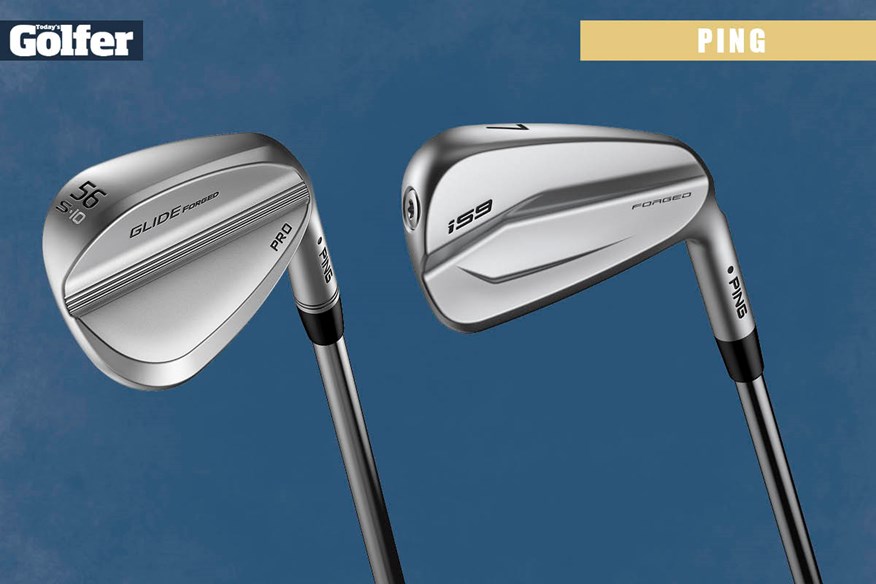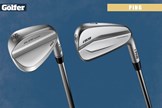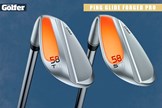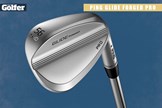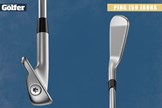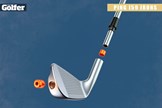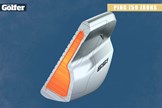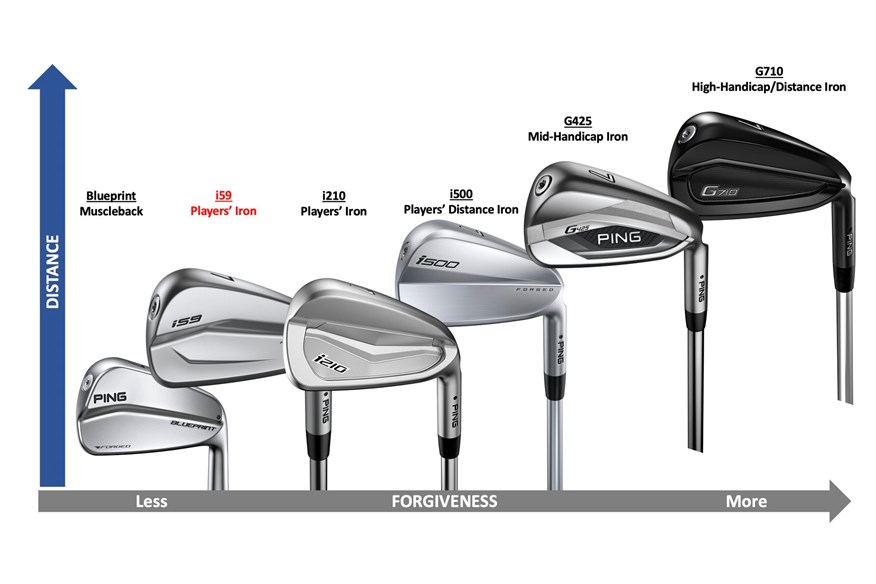Ping reveal new i59 irons and Glide Forged Pro wedges
Last updated:
The Ping i59 irons replace the Ping iBlade, while the Ping Glide Forged Pro wedges will suit accomplished golfers who place a premium on feel.
Ping i59 irons
The iBlade has been part of Ping’s iron line-up for five years, and that’s a much longer shelf life than virtually any other modern iron. Ping’s stance is ‘if we can’t make it better, why would we make another new model?’ That’s an admirable position to take in our commercially driven “just give me something new” world.
But so much has changed in iron design over the last five years, including the arrival of hollow body tech that’s been seen in Ping i500, G700 and G710 irons before. So Ping have decided the time is right to go all guns blazing at developing an iBlade replacement, and this is what they’ve come up with – the brand new i59.
Equipment fans will know the i59s have been a massive hit amongst Ping’s tour staff since they started leaking out earlier this year, and Viktor Hovland has already won with a set. Ddespite some pandemic-related component set-backs the i59s are now ready to hit the shops, this is what youneed to know about them.
RELATED: Best Players’ Iron 2021
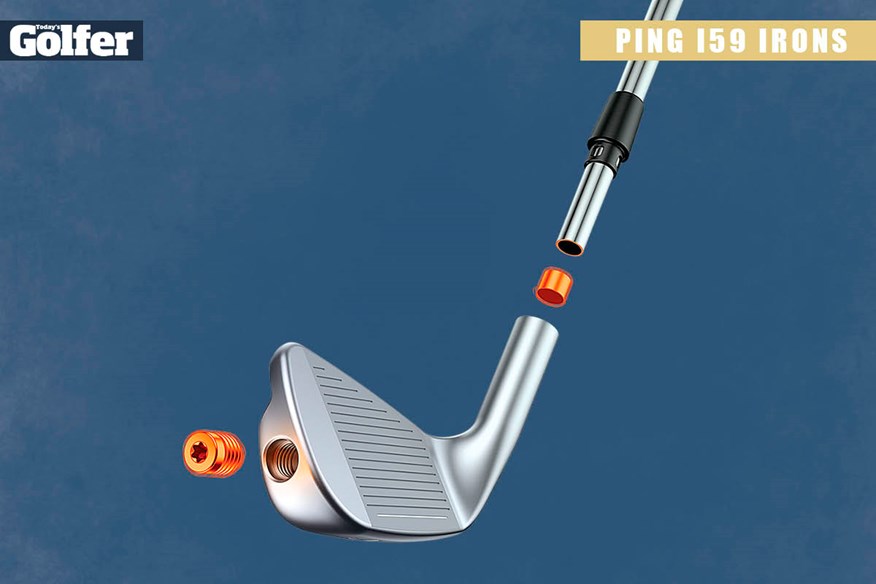
What you need to know about the Ping i59 iron
Forged players’ styling
The i59 replaces the iBlade players’ iron in Ping’s line-up, so expect very similar sole bounce, blade length and offset but with a 0.75mm thinner sole. And because good players demand ultimate consistency the i59’s face, grooves, hosel and toe geometry are all CNC milled and 100% inspected by quality control.
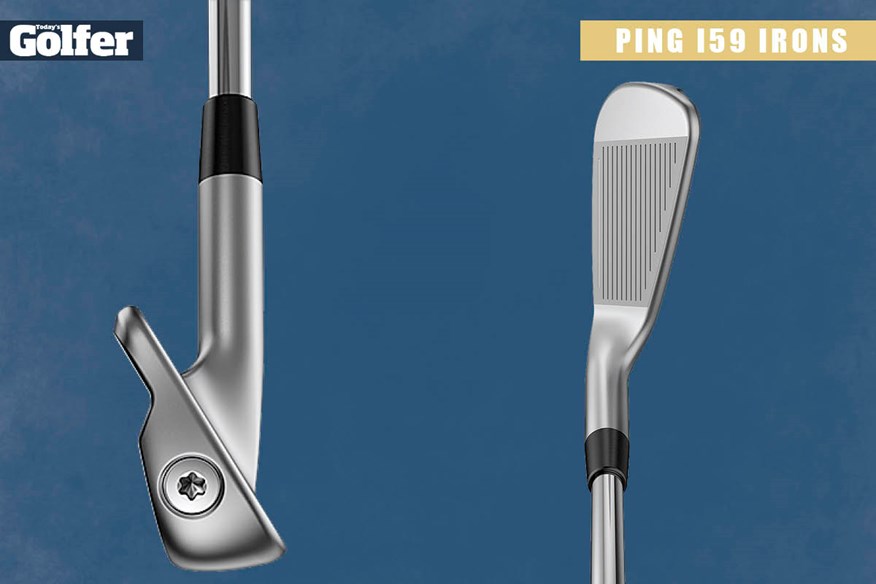
What’s inside?
The i59 is made in three pieces. A forged 1025 carbon steel body is combined with a 17-4 stainless steel face. Inside, there’s also an aerospace grade aluminium core (uniquely shaped to each iron in the set) which is a third of the weight of stainless steel. It means 30g of material is freed up from the heart of the iron for repositioning to better control trajectory and offer a tighter dispersion.
RELATED: Which Ping iron suits me?
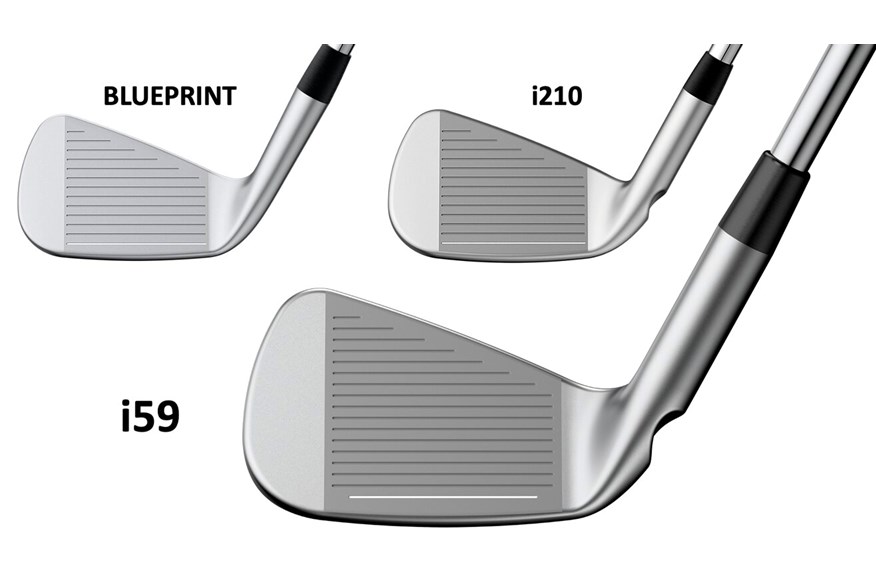
Four more grooves
To help reduce fliers in the short irons and maintain spin in the longer sticks you’ll find four extra grooves on each i59 face. Ping say the idea is all about maximising shot-to-shot consistency.
To incorporate the new groove pattern spacing has narrowed to 2.6mm (from 3.5mm) between each scoreline and the side walls have dimension changed from 16deg to 20deg.
Tungsten toe and heel weights
Ping have used clever tungsten toe and concealed heel weights inside their iron shafts for a while, but combining this tech with a hollow body showcases how effective the two technologies can be. It means golfers get i210 levels of forgiveness (Ping’s most popular tour iron) from this smaller chassis.
RELATED: Which Lamkin grip is best for your game?
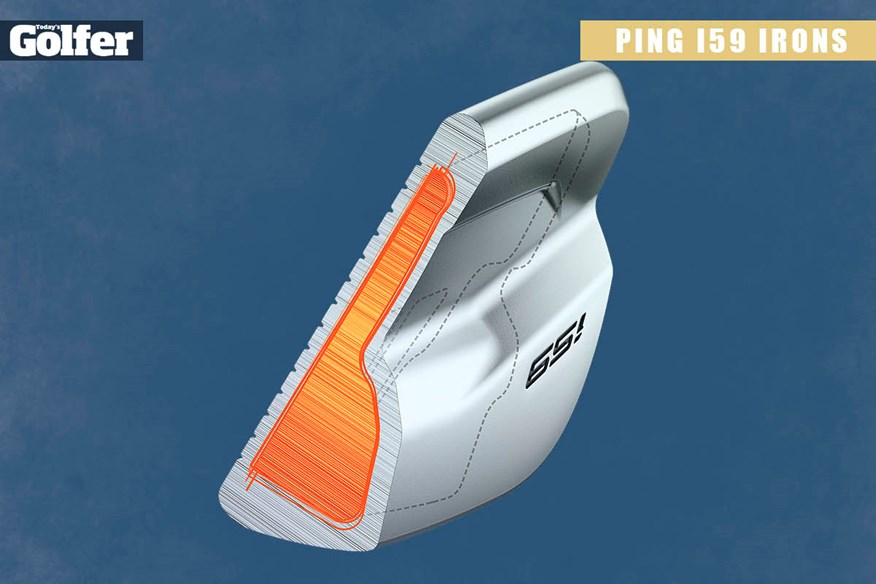
Moisture management
We’ve seen from testing that moisture changes launch, ball speed and backspin when hitting iron and wedge shots. Ping’s Hydropearl 2.0 finish is specifically designed to repel water to improve wet weather performance over competitor models.
No loft jacking
The i59 lofts are very traditional and comparable to other leading players’ irons. If you want to add a bit of extra pop or dial down their performance there’s also the chance to Power Spec (strengthen lofts across the set – by 2° in the 7-iron) or Retro Spec (which weakens lofts across the set – by 2° in the 7-iron).
Optional Cushin insert
It’s no secret steel shafts give harsher vibrations than their graphite counterparts. If you’re the type of player who wants to reduce stress and strain on your joints the i59s come with the option of adding a Cushin insert inside the steel shaft to filter vibration and help reduce fatigue.
RELATED: How good is the Ping G425 iron?
Where does the i59 fit in Ping’s iron line-up?
RELATED: Ping i59 iron review
Ping Glide Forged Pro wedges
The Ping Glide Forged Pro wedge will appeal to good golfers, particularly those with Ping i59 or Ping Blueprint irons in the bag.
Forged Ping products are as rare as hen’s teeth. But it makes sense that if your tour staff opt for the forged feel of i59 or Blueprint irons, they’re likely to want the same feel from their wedges. So with the new i59 iron hitting the market, Ping have unveiled the Glide Forged Pro wedge, too.
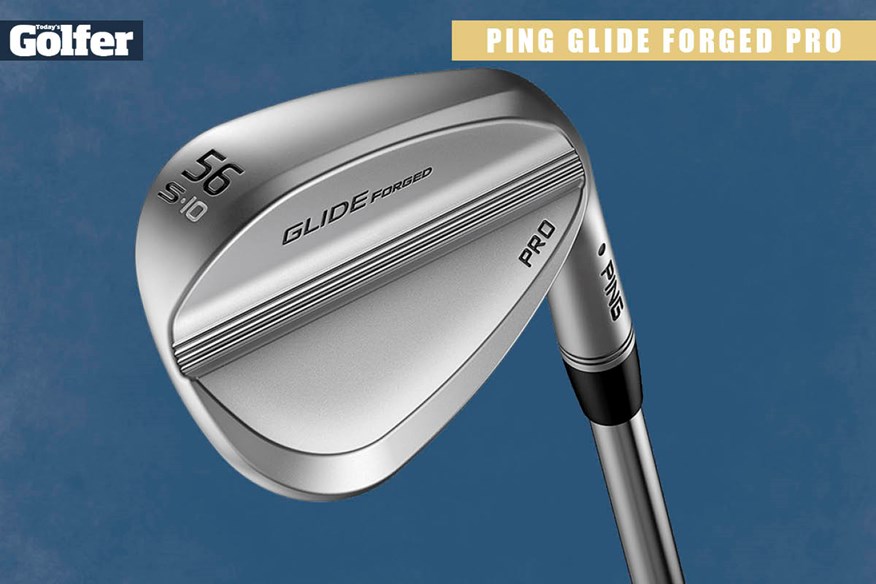
RELATED: Tested – Best Wedges
A proverbial shot maker’s wedge, they’re smaller in size (toe to heel), but give more spin along with a new turf interaction experience. Expect a slightly rounder leading edge, with similar offset and a little less hosel width compared to the previous Glide Forged wedge.
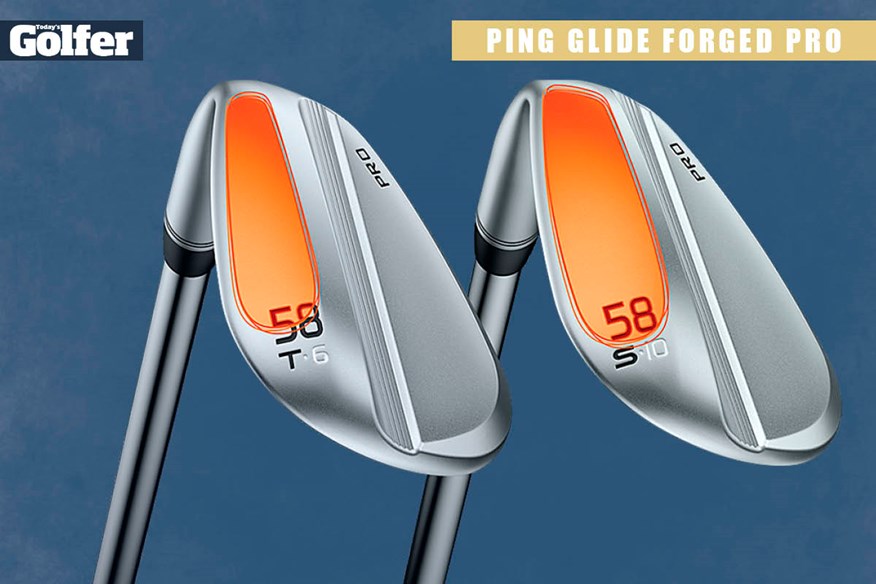
Precision is ensured thanks to CNC milling the face and grooves. And thanks to the Hydropearl finish repelling moisture, you get maximum shot-to-shot consistency. S and T Grind soles ensure there’s options for everyone, with the moderate-bounce S having the broadest appeal and the T being narrower, with approximately 3° less bounce.
An iconic high-toe profile Eye 2 59° model is also available.
WATCH: 2021 Wedges Test
RELATED: Ping Glide Forged Pro wedge review
READ NEXT: Best 2021 Players’ Distance iron

Review written by: Simon Daddow
Job title: Today’s Golfer – Equipment Editor
